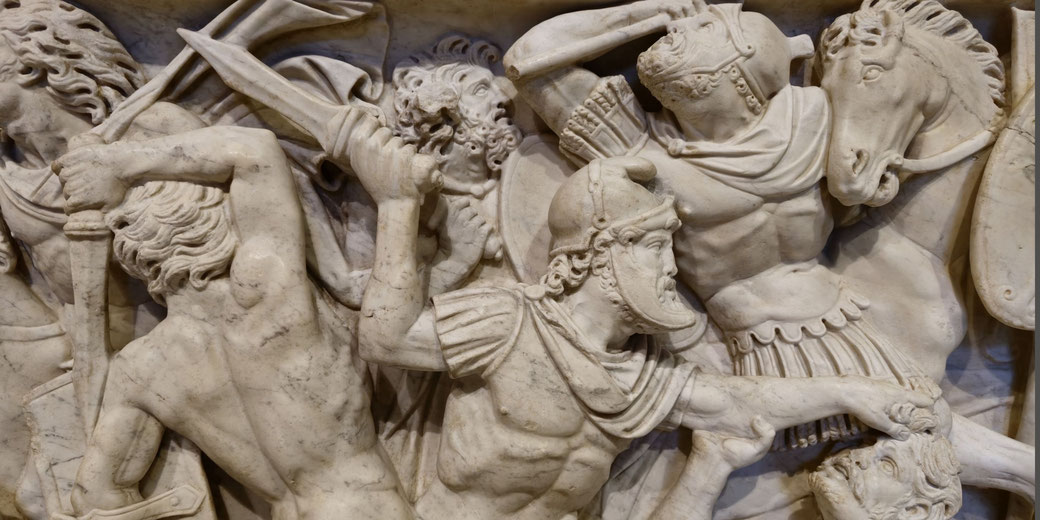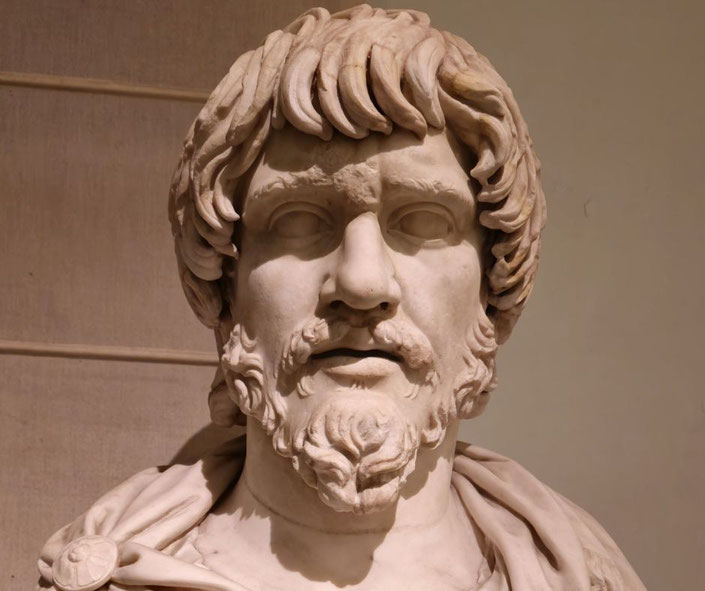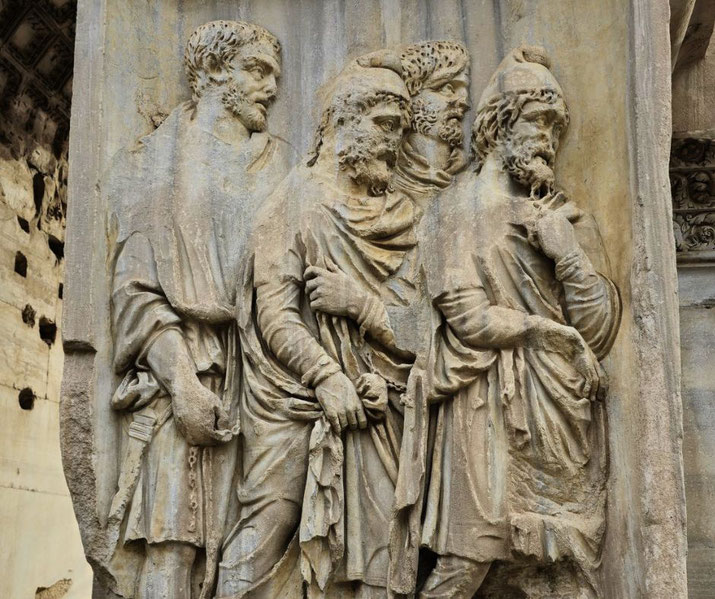The barbarian migrations that destroyed Rome

Germanic tribal movements have long interested historians. This is because these tribes influenced European history.
The barbarian migrations were a series of invasions by non-Roman groups into the lands of the Western Roman Empire from the late third to early fifth centuries.
They signalled the fall of the Roman Empire. They happened for several reasons, such as economic trouble, army weakness, and political breakdown.
Origin of the Germanic tribes
The Goths were a people who lived in central Europe from ancient times into the Middle Ages.
Many old writers called them 'barbarians', which were often known as Germanic tribes. They are famous because they captured and sacked Rome in AD 410 and first appeared in the third century AD near the Black Sea and later moved into the Roman Empire.
The Goths split into two branches: the Visigoths, who settled in the Iberian Peninsula and became Christian, and the Ostrogoths, who settled in the Balkans and Italy.
They were known for their fighting skill and took part in major events. In particular, they sacked Rome in 410 AD.
Though the Gothic groups shared cultural traits, each tribe kept its own identity and they often fought each other.

The Vandals
The Vandals were a Germanic tribe from what is now Scandinavia. They first appeared in the third century along the lower Danube River and later moved into the Roman Empire.
The Vandals had strong sea power and could control parts of the Mediterranean Sea. This control disrupted Roman trade.
They moved through central Europe. Next, they entered the Roman Empire via Gaul and Spain before reaching North Africa.
They sacked Rome in 455 AD. Afterwards, they set up a kingdom in North Africa, which became a hub of Vandal life and rule.
The Vandals were one of the groups who helped bring down the Western Roman Empire and caused much trouble in the Mediterranean.
The Franks
The Kingdom of the Franks began in AD 481 when Clovis I became king. He united all of Gaul under his rule.
The Franks lived in present-day Belgium, France, Germany, and the Netherlands.
Then, they moved south into today’s Luxembourg and Switzerland before settling in Gaul around AD 500.
The Franks took on Roman ways and became Christian, which helped them fit into the empire.
Today, France takes its name from this tribe.
The Ostrogoths
The Ostrogoths were a Germanic tribe that people think came from north of the Black Sea.
Initially, they moved south into what is now Hungary, where they made Sirmium their capital in AD 376.
They then moved west into parts of modern Italy and Austria before entering the Roman Empire through northern Italy in the late 5th century AD.
The Visigoths
The Visigoths were a Germanic tribe who lived in present-day Romania and Bulgaria.
They moved south into what is now Greece and made Adrianople in Thrace their capital.
After that, they entered the Roman Empire via the Danube River. From there, they took control of much of Northern Italy before they moved into Gaul and set up their capital at Toulouse in AD 418.
They also entered parts of Spain and formed a kingdom there.

The Saxons
The Saxons lived in what is now northwest Germany and were known for their strong armies. Later, they formed several independent kingdoms.
Around the late 400s and early 500s, they were among the tribes that moved into the territories of the Western Roman Empire and had an important role in the political and cultural changes of early medieval Europe.
Then, they entered the Roman Empire via the Rhine River and moved toward the British Isles, especially England.
They settled in Britain after the Roman general Magnus Maximus invited them in AD 383.
The Lombards
The Lombards lived in parts of Scandinavia before they moved south into what is now Austria. They made Regensburg their capital there.
From there, they entered the Roman Empire through the Alps and took control of most of Northern Italy.
Finally, they settled in Italy in AD 540.
The Angles
The Angles were a Germanic tribe who lived in modern-day Denmark, Germany and Poland.
Then, they moved toward Britannia and took control of parts of England.
The impact of Germanic migrations
Germanic tribal movements had an important effect on the development of many European societies.
In particular, the tribes that moved south and attacked the Roman Empire helped bring about the Fall of Rome, which led to a period of political instability and economic decline in Europe.
As a result, Roman culture in Western Europe was largely replaced by the culture of the invading Germanic peoples.
However, some Gothic tribes adopted parts of Roman society, language and religion, which helped keep certain aspects of ancient Roman culture alive into the Middle Ages.
Further reading
What do you need help with?
Download ready-to-use digital learning resources
Copyright © History Skills 2014-2025.
Contact via email
With the exception of links to external sites, some historical sources and extracts from specific publications, all content on this website is copyrighted by History Skills. This content may not be copied, republished or redistributed without written permission from the website creator. Please use the Contact page to obtain relevant permission.





